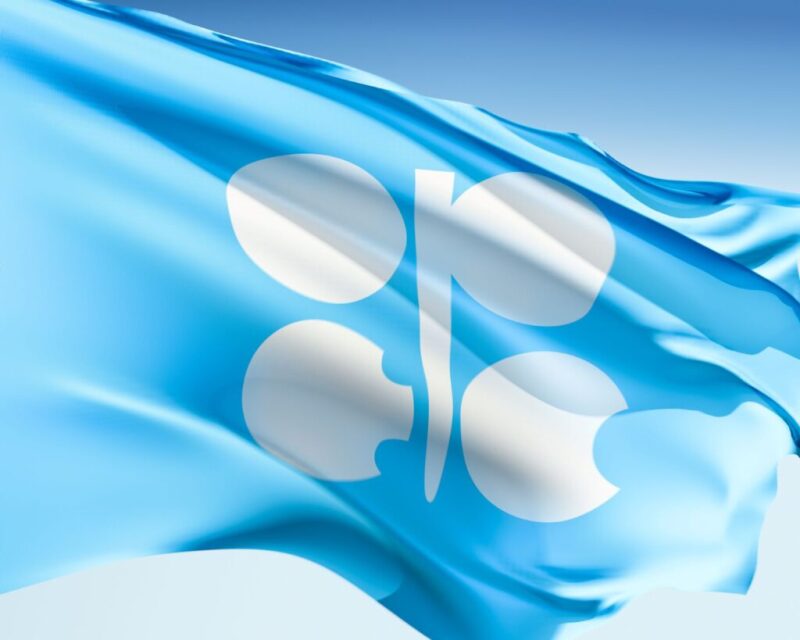The 19th OPEC and non-OPEC ministerial meeting, known collectively as OPEC+, has agreed to end its historic production cuts after determining that global crude demand has shown “clear signs of improvement and OECD stocks falling, as the economic recovery continued in most parts of the world.”
Sunday’s agreement will see the gradual end to the production cuts that were made last year in an unprecedented response to excess supply that resulted from the onset of the COVID-19 pandemic. Thanks to a number of vaccine programs taking shape worldwide, OPEC+ said now is the time to erase the cuts by throttling production up by 400,000 B/D per month to the end of 2022.
The gradual increase is considered a cautious move by many analysts, one meant to temper crude markets and expectations as a full global economic recovery remains unrealized amid the spread of new virus variants.
Analysts have also noted that the deal has soothed tensions within the group, most notably between Saudi Arabia and the UAE, which had lobbied hard for an increase in its baseline production figure that effectively sets its quota limit.
The meeting concluded with the UAE’s oil production baseline moving 3.16 million B/D to 3.5 million B/D. Both Russia and Saudi Arabia were also allowed to raise their respective ceilings from 11 million B/D to 11.5 million B/D.
The anticipation of the OPEC+ agreement was being felt in crude markets as early as last week. After enjoying weeks above $70/bbl, prices for both West Texas Intermediate and Brent crude fell below that point during the opening of the trading sessions on Monday, 19 July.


